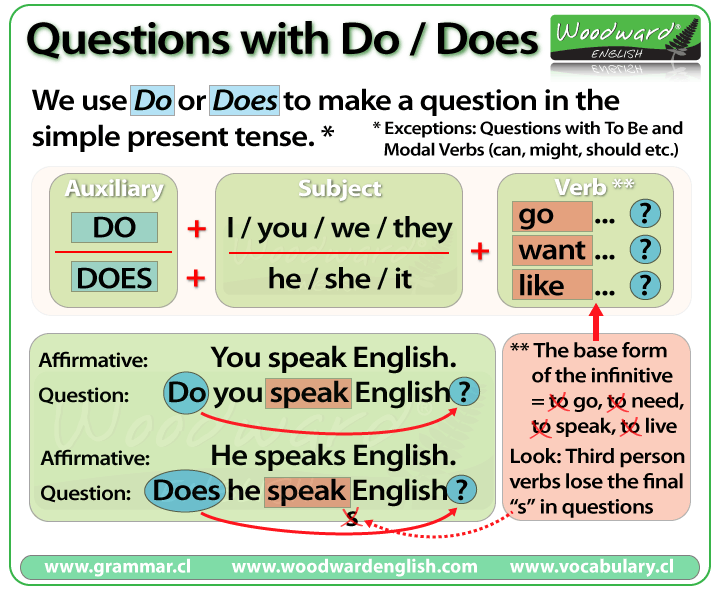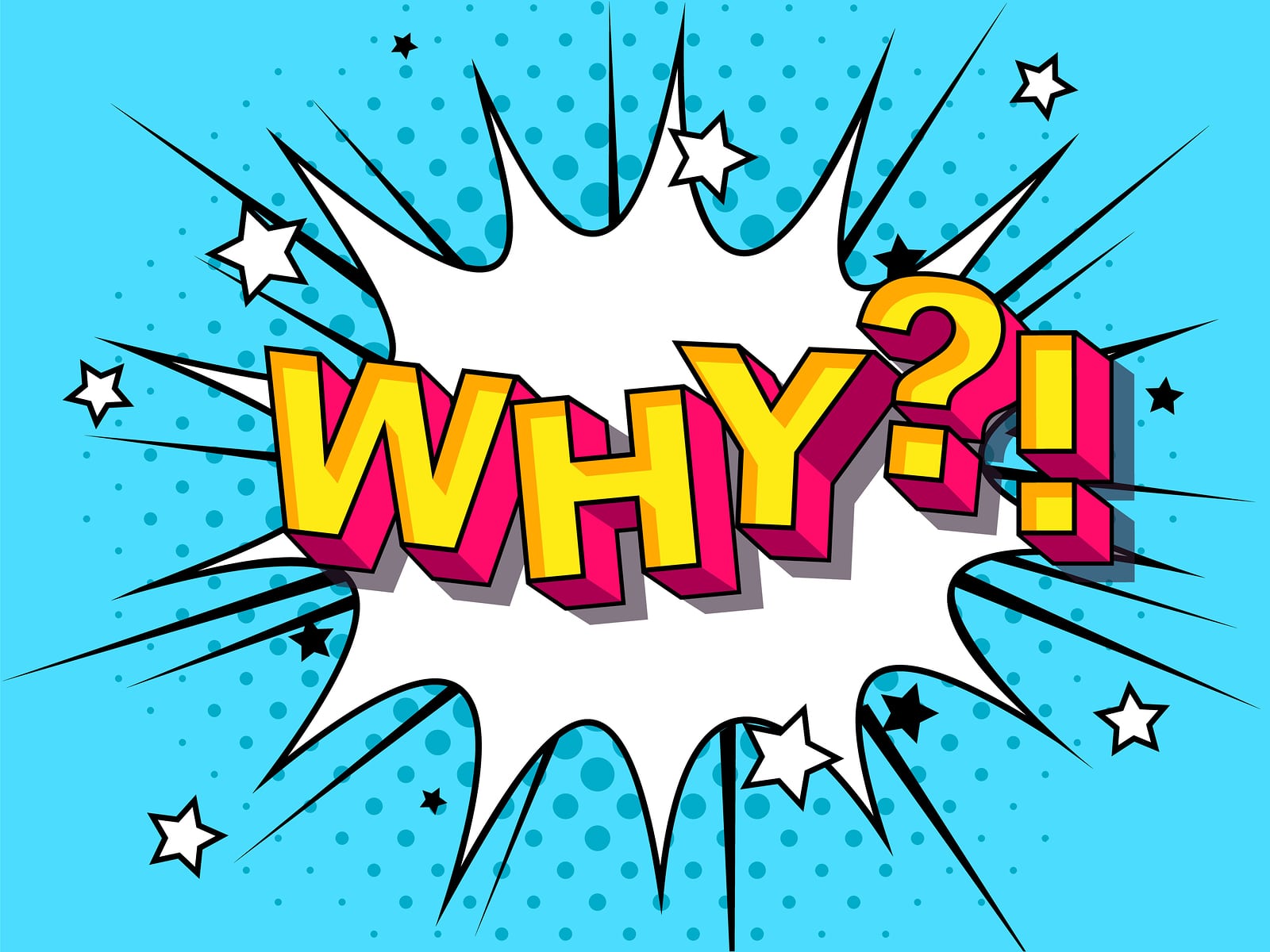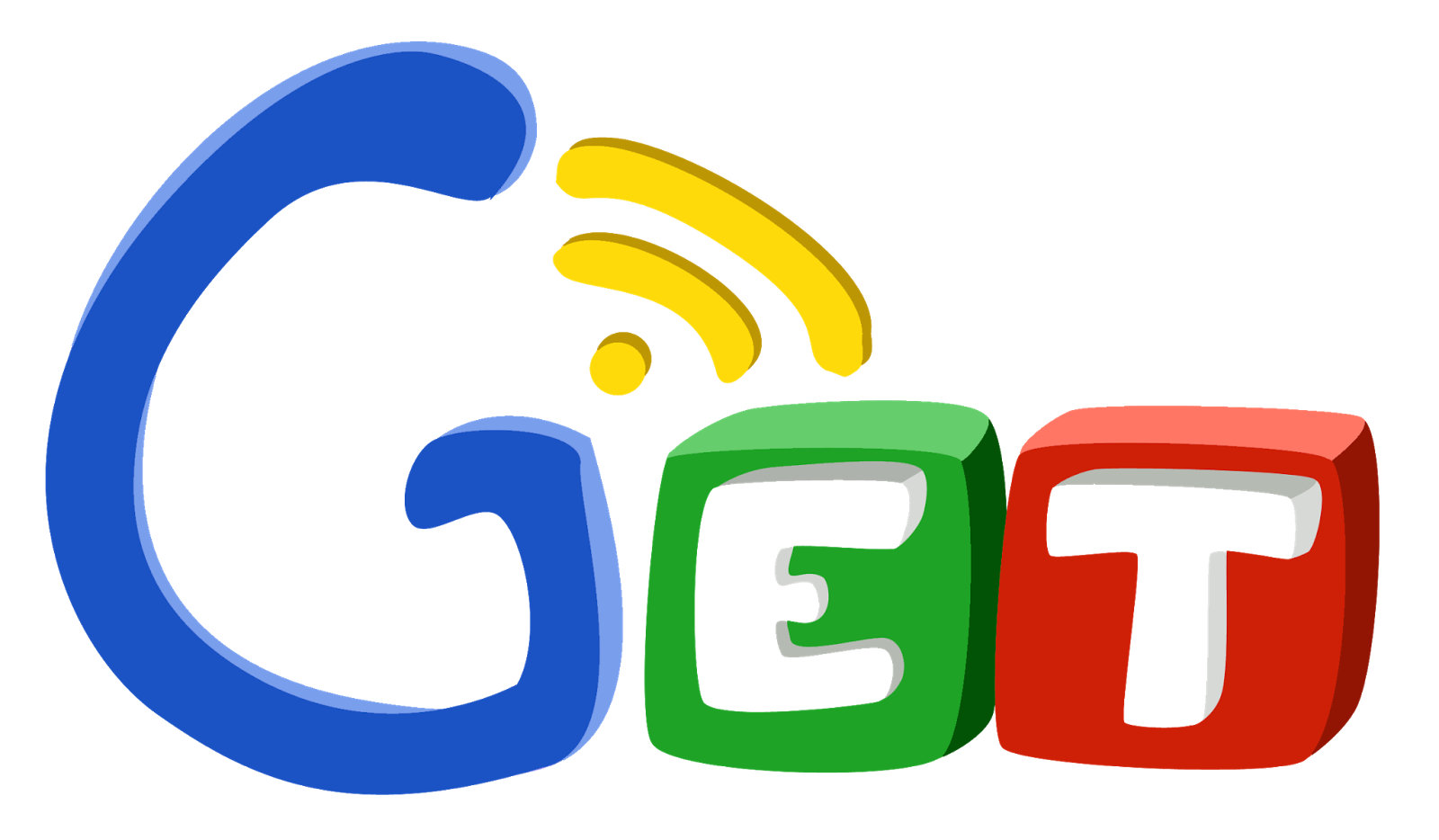Unlocking Student Engagement: How KWL Charts Transform Learning
Introduction to the KWL Strategy in Education
Modern classrooms strive to move beyond passive learning by encouraging students to take a more active role in their education. One of the most effective, research-backed tools for this purpose is the
KWL chart
. KWL stands for
Know
,
Want to know
, and
Learned
-a three-column organizer that empowers students to connect prior knowledge, set learning goals, and reflect on new insights. Developed by Donna Ogle in the late 1980s, KWL charts are now a staple across grade levels and subject areas, helping educators foster curiosity, engagement, and deeper understanding
[1]
,
[2]
.
What Is a KWL Chart and How Does It Work?
A KWL chart is a simple yet powerful graphic organizer. The chart is divided into three columns:
- K (Know): Students list everything they already know about a topic.
- W (Want to know): Students record questions or topics they want to explore.
- L (Learned): After instruction or research, students document what they have learned.
This structure helps students organize their thoughts before, during, and after learning. It is highly adaptable: teachers can use it for individual, small group, or whole-class activities; it can supplement reading comprehension, research projects, or even serve as a formative assessment tool. The KWL approach is rooted in constructivist learning , moving away from rote memorization and encouraging students to build knowledge through active inquiry [4] .
Benefits of KWL Charts: Why Educators Use Them
K-W-L charts offer numerous advantages for both students and teachers:
Student Motivation and Engagement: By allowing students to express what they already know and what they want to discover, KWL charts foster ownership of the learning process. Students feel empowered to guide their own inquiry, leading to increased motivation and active participation [3] .
Improved Reading Comprehension: KWL charts help students make sense of nonfiction texts by connecting new information to existing knowledge, making it easier to understand and remember key concepts [1] .
Formative Assessment: Teachers can quickly identify knowledge gaps and misconceptions by reviewing the K and W columns. This allows for more targeted instruction that addresses real student needs [2] .
Visible Thinking: KWL charts make students’ thought processes explicit, providing a shared reference point for discussion and reflection.
Step-by-Step Guide: How to Implement KWL Charts
KWL charts are simple to set up and use, but maximizing their impact requires thoughtful facilitation. Here’s a step-by-step process to implement KWL effectively:
- Choose Your Topic: Select a subject area or specific lesson where prior knowledge or curiosity will boost engagement-for example, ecosystems, civil rights, or fractions.
-
Set Up the KWL Chart:
Draw three columns labeled
Know
,
Want to know
, and
Learned
on a whiteboard, chart paper, or use a digital template. Many online tools and printable templates are available [2] . - Activate Prior Knowledge (K): Ask students to brainstorm what they already know about the topic. Encourage them to share facts, experiences, or related ideas. Document all responses without judgment-this is a space for open thinking.
- Set Learning Goals (W): Prompt students to list questions they have or topics they want to explore. Model how to frame open-ended questions. For example: “How do plants make food?” or “What caused the civil rights movement?”
- Deliver Instruction or Foster Research: Proceed with the lesson, reading, or project. Encourage students to refer back to their K and W lists as they encounter new information.
- Reflect and Record Learning (L): After completing the lesson or activity, have students fill in the L column with new knowledge gained. Discuss surprises, resolved questions, or new inquiries that have emerged.
To further enhance the process, consider expanding the chart to include columns for “What action will I take?” or “What new questions do I have now?” This extension encourages deeper reflection and continued inquiry [2] .
Real-World Examples of KWL in Action
Elementary Science: A third-grade class begins a unit on the water cycle. Students fill the K column with statements like “I know it rains” and “There are clouds in the sky.” In the W column, they ask, “Where does rain come from?” and “What happens to puddles after it rains?” After hands-on experiments and lessons, the L column is filled with explanations about evaporation, condensation, and precipitation.
Middle School Social Studies: Before learning about ancient Egypt, students document prior knowledge (“Egypt has pyramids”). Their questions in the W column might include, “Why did Egyptians build pyramids?” and “How did they write?” After exploring resources, students summarize their findings and discuss remaining curiosities.

Source: worldofprintables.com
High School Literature: In a unit on Shakespeare, students share what they know about the playwright and Elizabethan England, pose questions about language and culture, and use the L column to synthesize themes and modern connections.
Practical Tips and Solutions for Common Challenges
While KWL charts are highly effective, teachers may encounter a few hurdles:
Reluctant Participation: Some students may struggle to articulate prior knowledge or questions. To address this, model the process with a sample topic and encourage peer collaboration. Use prompts or sentence starters if needed.
Superficial Responses: Students sometimes write only simple facts or yes/no questions. Prompt deeper thinking by asking “How?” and “Why?” questions, or encourage research-based inquiries.
Time Constraints: To save instructional time, assign parts of the KWL chart as pre-class homework or use digital tools for real-time collaboration. Many learning management systems offer built-in templates [5] .
Tracking Progress: For ongoing units, revisit and revise the KWL chart regularly to document learning growth and emerging questions.
Alternative Approaches and Extensions
While the classic KWL chart is universally effective, educators sometimes adapt or extend the model to suit specific learning goals:
- KWHL: Adds a fourth column for “How will I learn?”-encouraging students to think about research methods or sources.
- KWLS: Adds “What do I still want to learn?” for ongoing inquiry.
- KWL Plus: Includes action steps or applications of new knowledge.
These adaptations support deeper metacognition and lifelong learning skills.
How to Access KWL Resources and Templates
To start using KWL charts, educators can:
- Create their own templates using word processors, spreadsheets, or whiteboards.
- Search for “KWL chart templates” in trusted educational resource libraries or learning management systems.
- Consult professional development resources at their school or district for training and best practices.
- Explore established education platforms such as GroupMap, which provides customizable KWL chart templates [2] .
If your organization uses learning management systems like Canvas or Google Classroom, you may find KWL template integrations or digital tools for collaborative completion [5] .

Source: pinterest.com
Conclusion: The Lasting Impact of KWL in Education
KWL charts are more than a teaching trend-they represent a shift toward student-centered, inquiry-driven learning. By making thinking visible and giving students a voice in their education, KWL helps unlock curiosity, strengthens understanding, and prepares learners for lifelong growth. Whether you are a classroom teacher, tutor, or homeschooling parent, implementing KWL can transform lessons into dynamic, engaging experiences that empower students to take ownership of their learning journey.
References
- [1] Bedrock Learning (2023). How to Use a KWL Chart to Improve Reading Comprehension.
- [2] GroupMap (2024). KWL Chart, KWL Chart Template Online.
- [3] Thinkific (2023). KWL Chart Teaching & Learning Strategy: Examples, Templates, and Tips.
- [4] Wikipedia (2025). KWL Table.
- [5] Penn State (n.d.). K-W-L – Pedagogical Practices.



